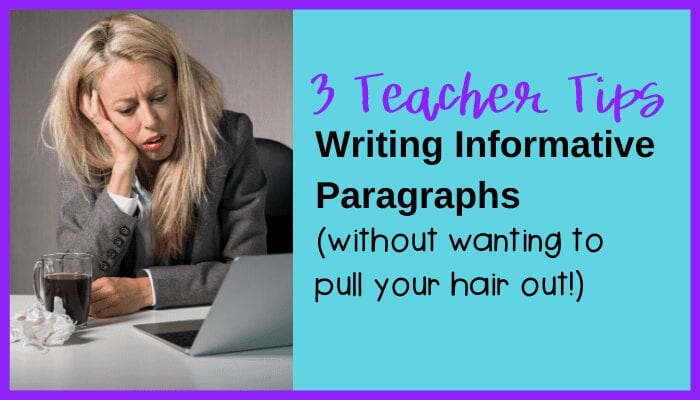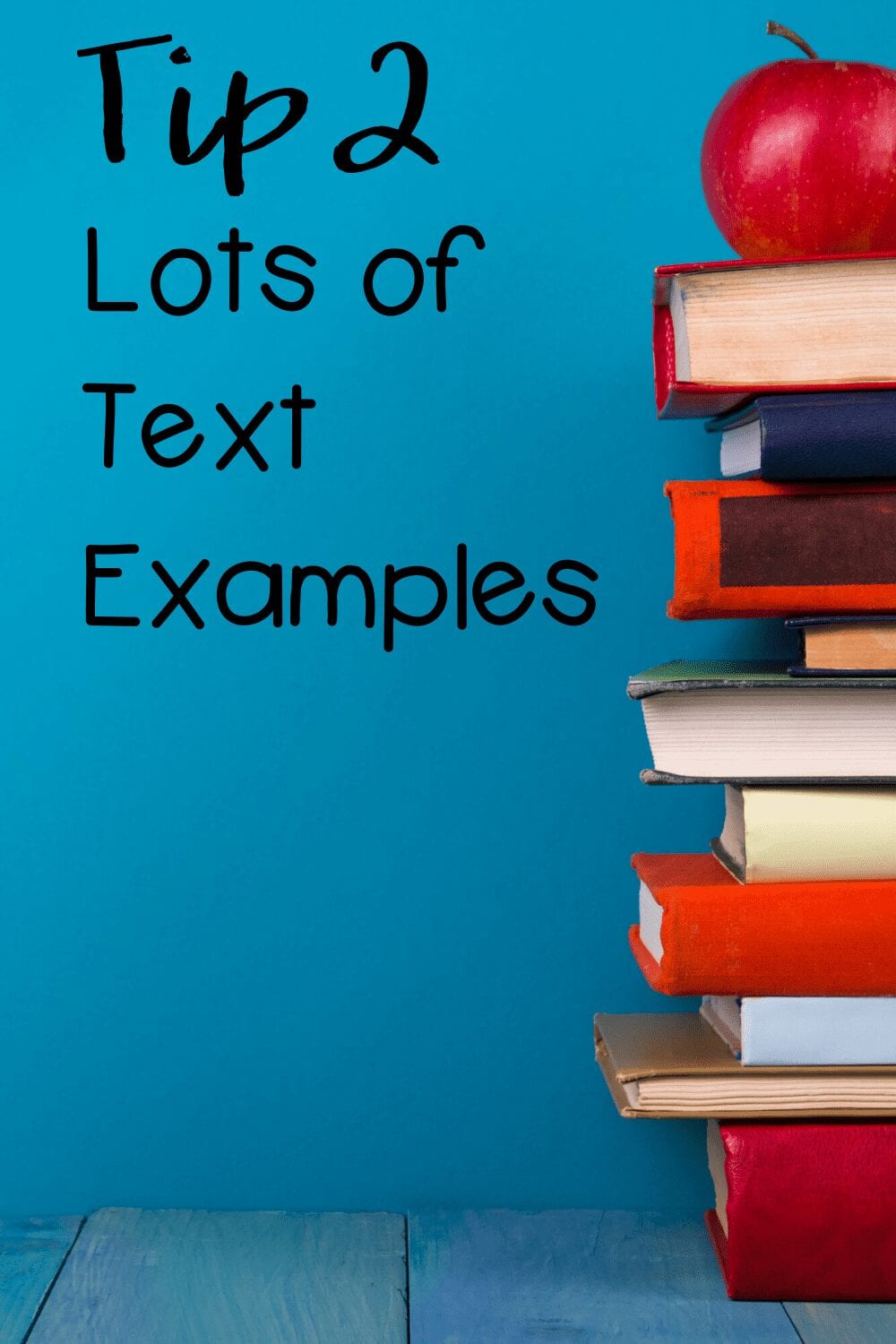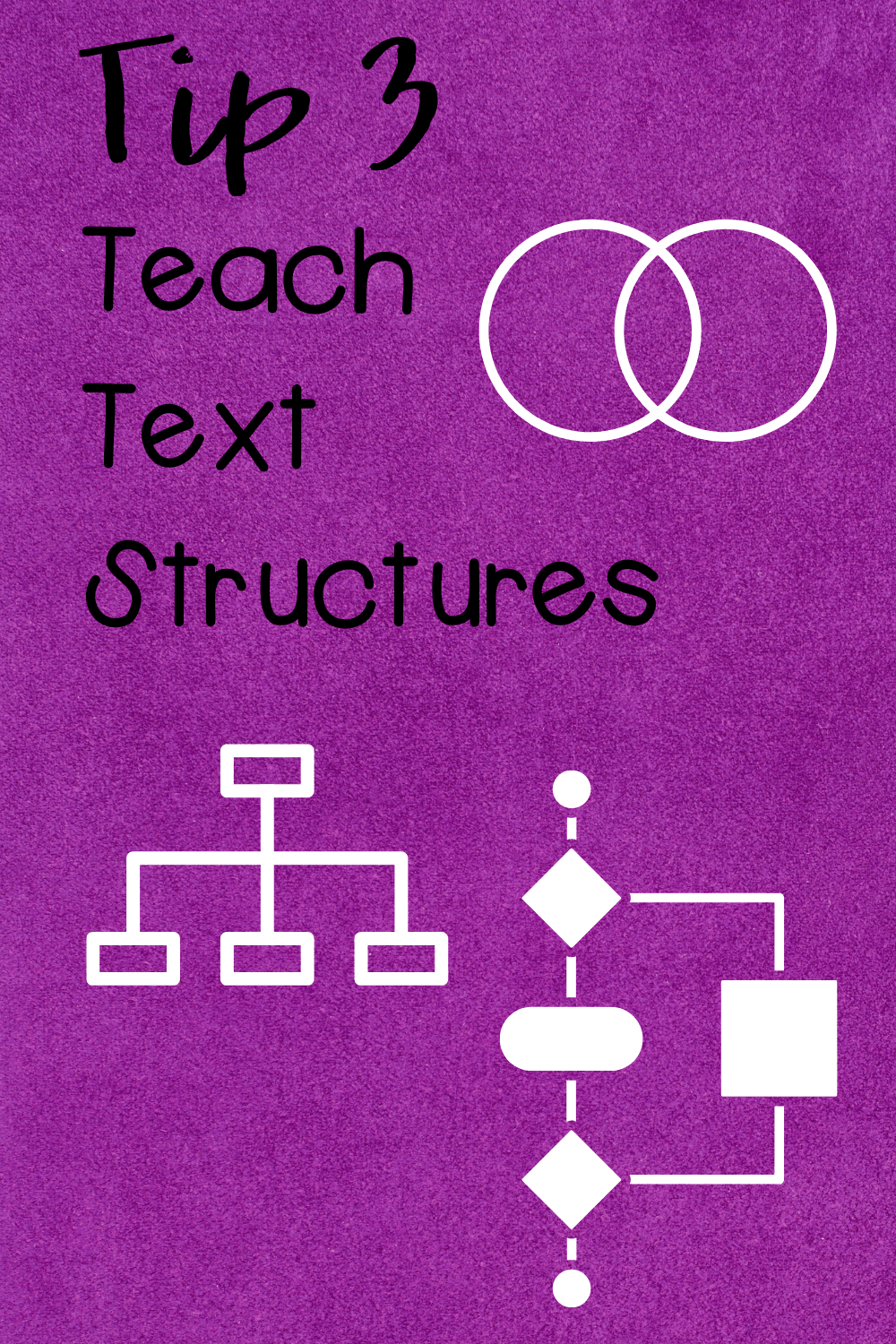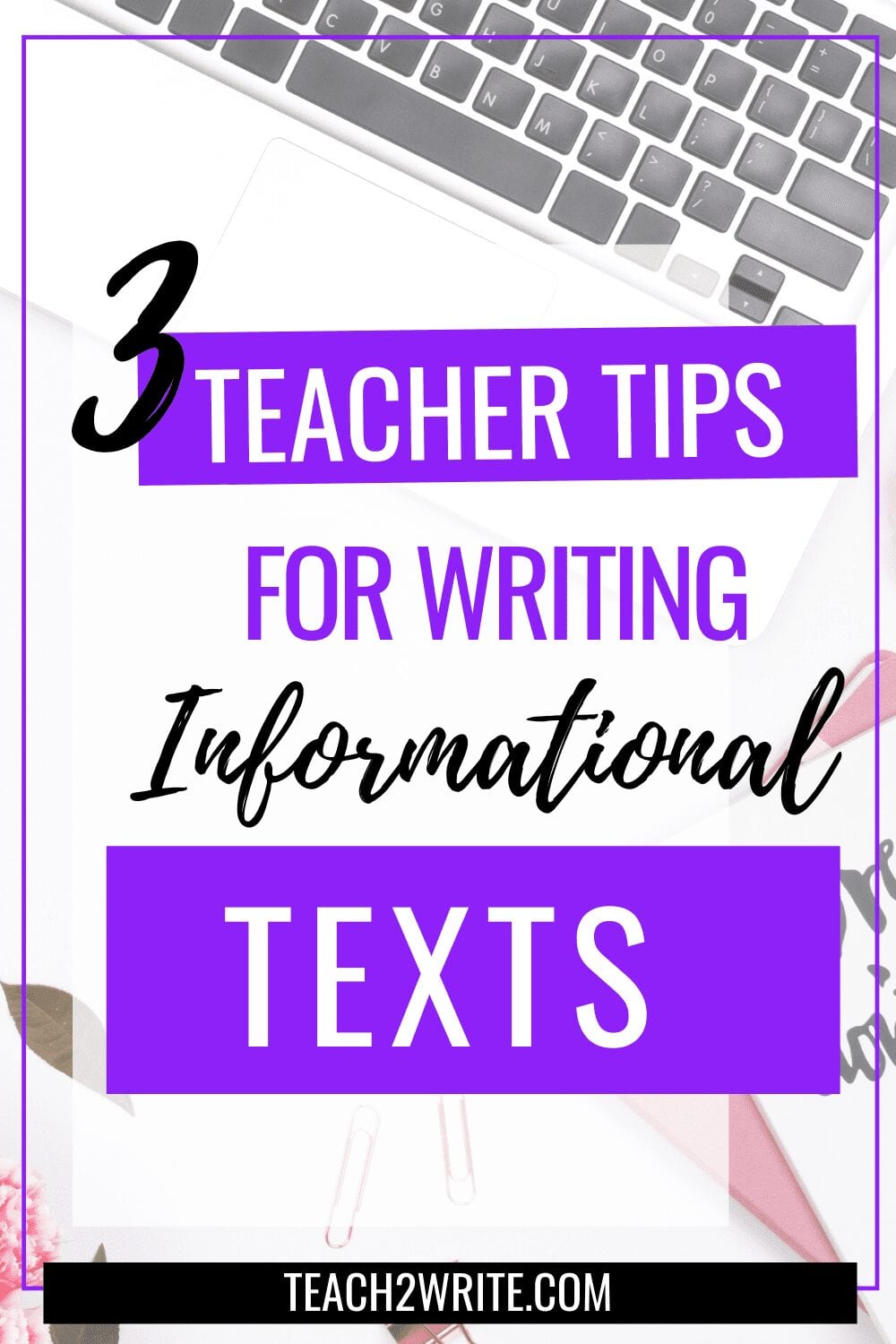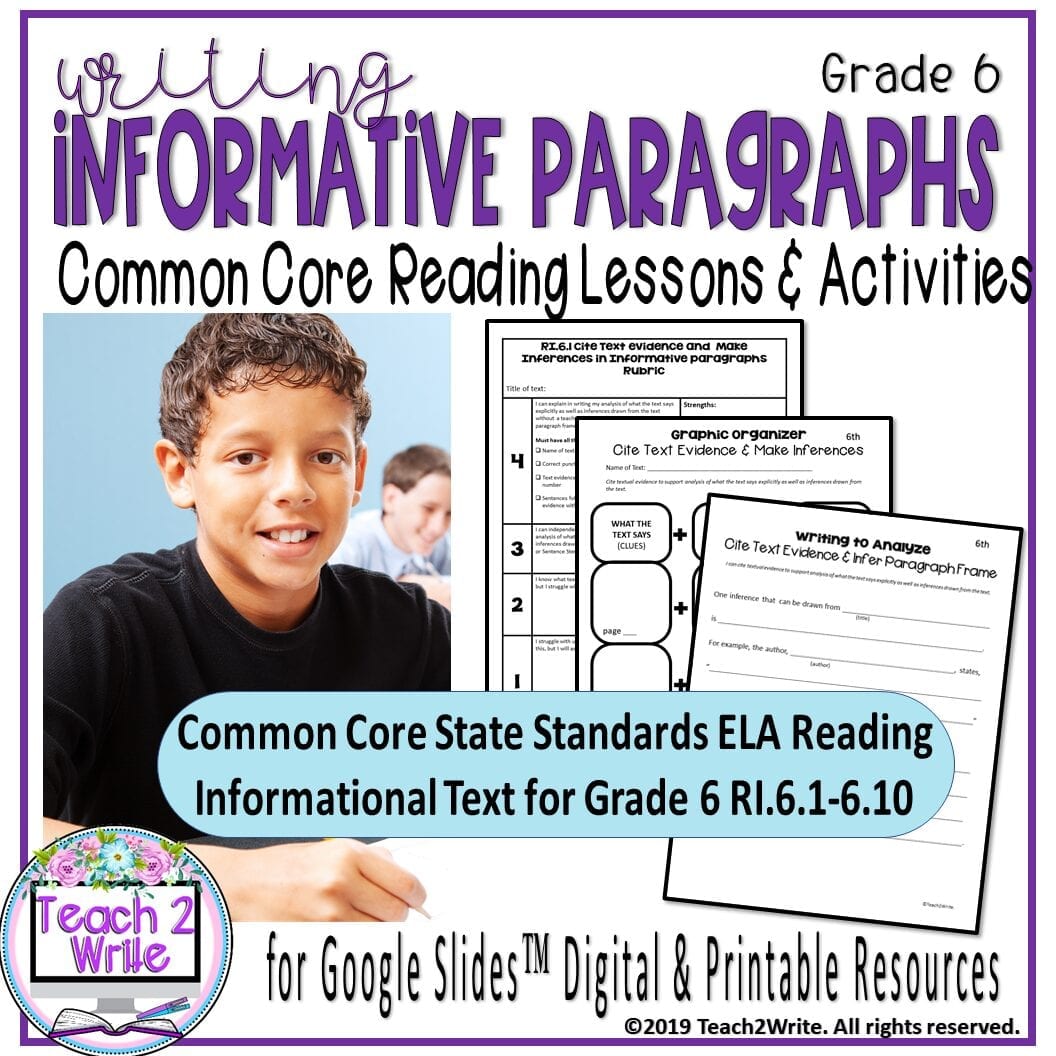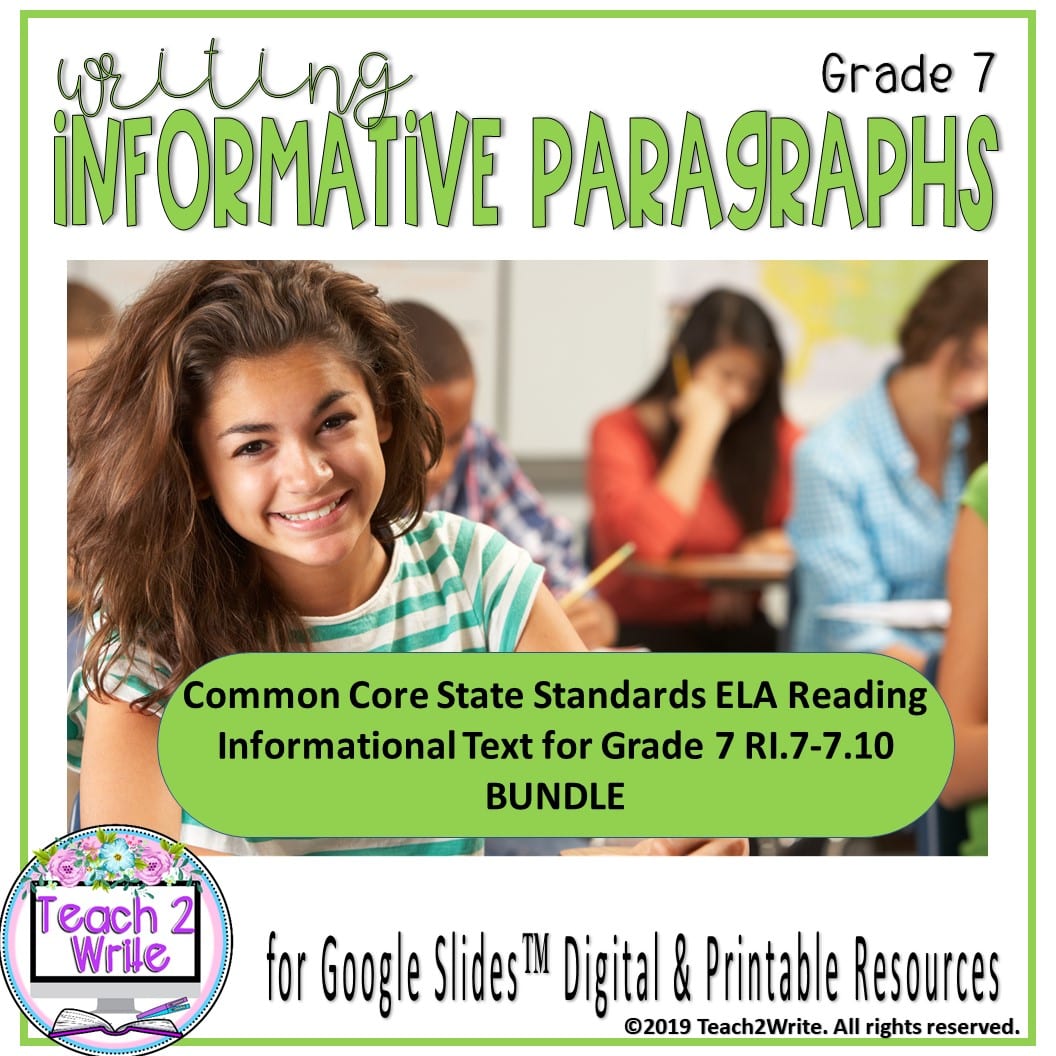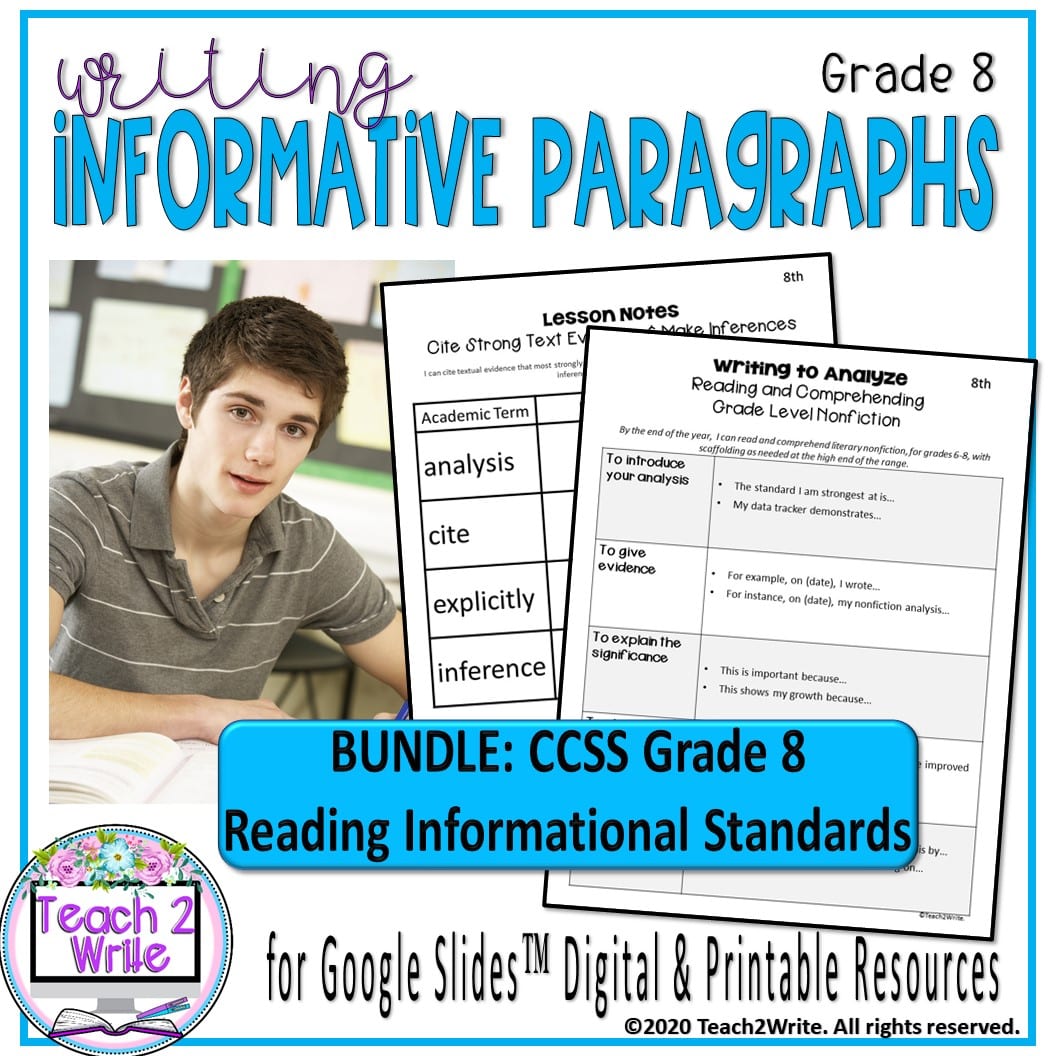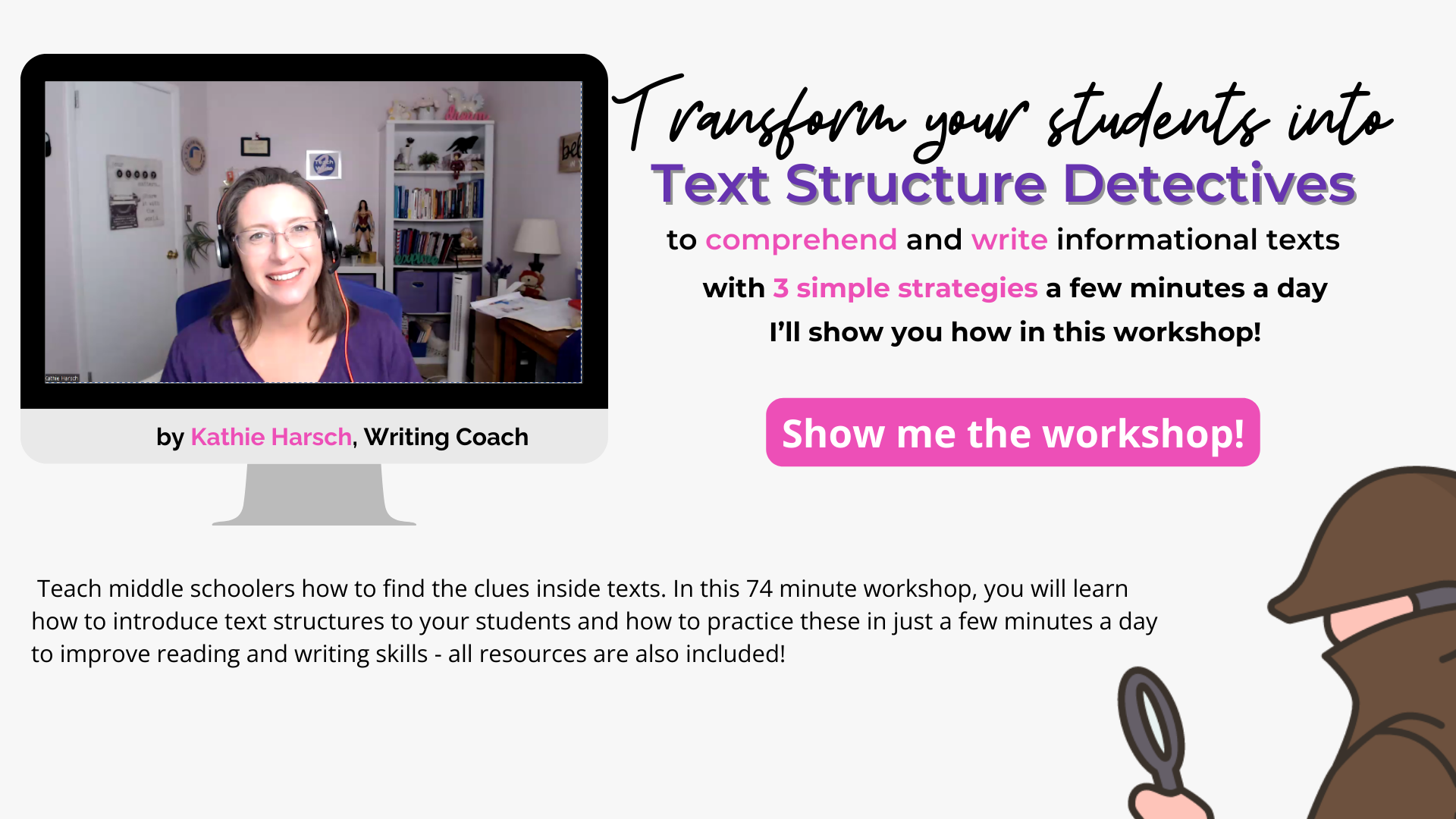Didn’t their elementary teachers teach them basic writing? How did they get past third grade without knowing how to do this?
Yes, the elementary teachers are teaching them how to write full on essays! However, some of your kiddos will try the path of least resistance. They will do as little as we allow them to do, just like ALL human beings. Students need to be motivated to write well.
First, we’ve got to get them engaged.
Teacher Tip 1 for Writing Informational Text: Use clickbait
Yes, you read that right. There’s a reason why clickbait works so well in social media. One thing students love to do is talk about their opinions about a particular topic. Get them talking, and you can get them writing and reading.
So, one way you can get kids to read and write about a particular topic is to get them interested and invested in the topic first. Yes, use clickbait, but be subtle about it.
For example, one required text for my 8th grade ELA course was about a 1920s photographer made famous by his pictures of children working in the textile mills. His photographs helped to change child labor laws in this country, changing the way the United States made products forever.
I knew students would wonder why they should read about this black and white photographs from almost 100 years ago because it was a topic that seemed to have NOTHING to do with them.
So, I had to get them interested first. I asked them what types or brands of athletic shoes they liked to wear. We had a small discussion about that, and then without saying anything else, I passed out photos of present day children making the athletic shoes my students wear every day.
I asked students to study the children’s faces, their surroundings and what the children are making. Then, I asked students to write in their journals about their thoughts and ideas about the photographs.
Next, I had them share their writings in small groups, followed by a whole-group discussion on the fairness of this child labor. My students were primed and ready to read about a photographer whose child labor photos changed the world 100 years ago.
Teacher Tip 2 for Writing Informational Text: Examples
Writers need examples. Lots and lots of examples. How do writers introduce their topics? How do they explain? What text structures do they use? What examples to back up their claims?
So, even though we may not be focused on the standard of author’s purpose or point of view yet, I still have students discuss this. What is the author’s topic, purpose and intended audience? What format did the writers use?
As a writer, I’m always thinking about my topic, my purpose and my audience, especially when I’m writing something informative. Like this blog post, for example.
Once we understand the author’s perspective, then we get into the focus standard. Therefore, I always focus on one reading standard at a time. To see how I plan this, read my post: The Secret to Teaching Writing Literary Analysis. We stay on this standard until students have had at least three opportunities to practice writing informative paragraphs about this standard.
For example, I take students step-by-step through the standard and what is required of them to show mastery of this standard. Most of the time, we stick with the same informational article, but sometimes we use two or three of them, depending on the standard’s requirements (some are comparisons between texts).
A great place to look for excellent student content is Newsela. You can ask your administration for a subscription or you can sign up for their free service. The subscription allows you to sort articles by your state standards, so that’s why I like to have this. Another great place to find content is CommonLIt. You can even pair informational texts with literary texts.
Teacher Tip 3: Teach Informational Text Structures
Before you can teach students how writing informational text, it would be helpful to teach them text structures, especially compare and contrast, definition/description and analysis.
This will give them the basic sentence structures and transition words they need to be more successful in writing informative paragraphs.
For a free download that teaches these structures, click here.
Once students know how to create text with these structures, it will be easier for them to recognize and be able to critique or use these text structures in their own writing.
I usually start with descriptive analysis because it is the most experiential of all the structures and much more concrete to understand.
When teaching text structures, it’s important to also provide word lists for students with strong analytical verbs, such as the list that can be found here.
If you teach informational text structures instead of just using RACE or ACE or PEEL, students writing will have more voice and can flow more easily. Use RACE or PEEL as a checklist instead of an outline of what kids should include in their informational writing.
Resources: Writing Informative Paragraphs
For common core based resources on writing informative paragraphs, click here to find them in my TPT store. These resources include printable and digital versions, including:
- academic vocabulary worksheets
- grading rubrics
- graphic organizers standard-specific
- paragraph frames standard-specific
- sentence starters standard-specific
Available in grades 6, 7 and 8!

